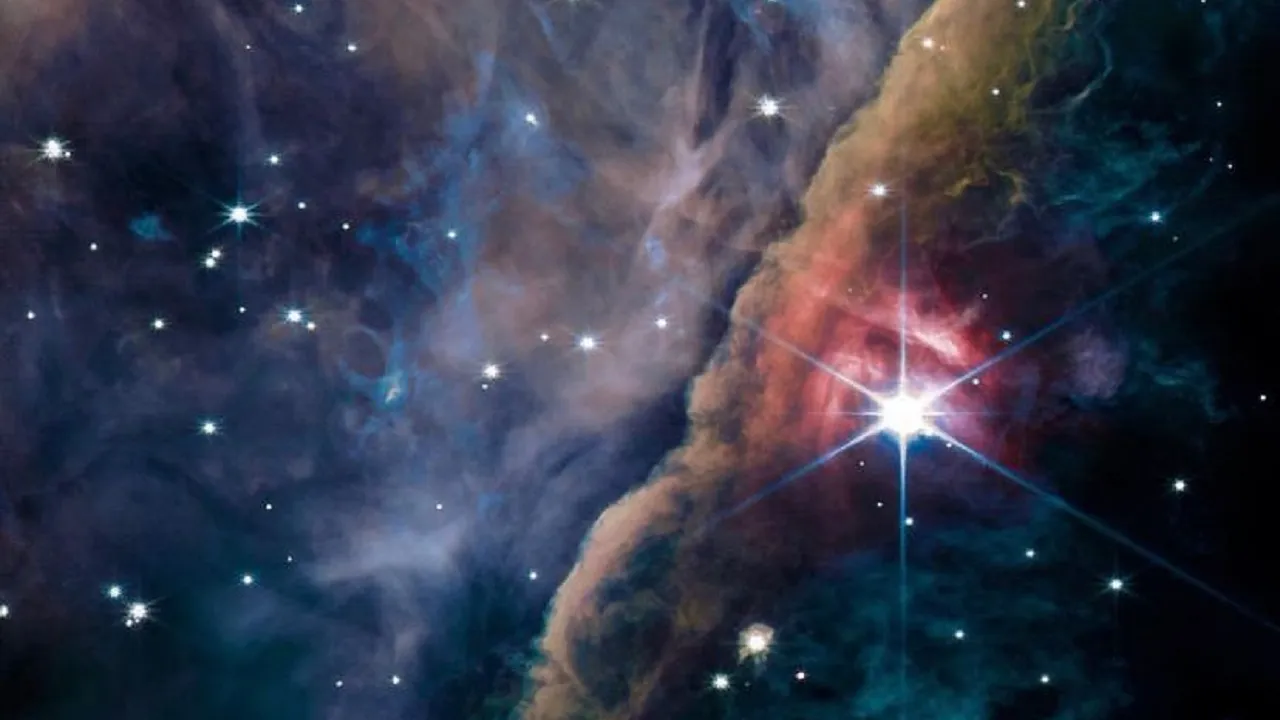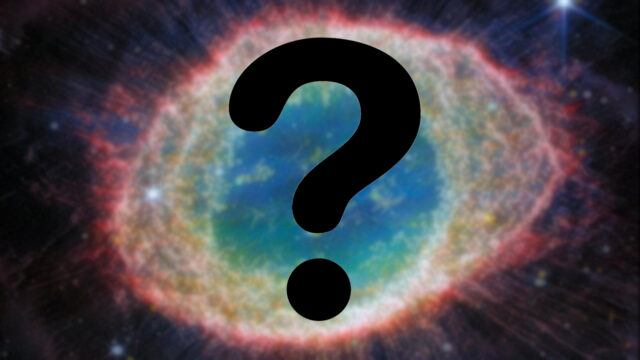James Webb Space Telescope Captures a Brand New Stunning Image of the Orion Nebula. Orion Nebula is also known as Messier 42. The Orion Nebula is one of the few cosmic objects where stars are actively forming, making it one of the most valuable objects in the universe. It also contains the young Trapezium star cluster. The James Webb Telescope, which adds a whole new dimension to space exploration, provided a broader perspective of Messier 42 with its latest image, further contributing to astronomers’ research in space. Here are the details…
The James Webb Telescope sheds light on the mystery of the Orion Nebula!
A nebula, also known as a cloud, is a massive cloud of dust and gas in space. Thanks to its brightness, the Orion Nebula became the target of the Webb telescope. It is one of the brightest nebulas in the night sky, yet it is located just 1,344 light-years away from Earth. It resides in the southern part of the Hunter constellation region within the Milky Way Galaxy.

Some nebulas are formed by the gas and dust released by dying stars, known as supernovae, while others are found in regions where new stars are forming. This nebula holds significant importance for Earth as it is located closest to us and serves as a guide for astronomers in understanding star formation. Over the years, observations of the Orion Nebula’s area and images have contributed to a better overall understanding of the process of star formation.
However, astronomers have now discovered a new type of planet formation that shouldn’t exist. They call these Jovian Mass Binary Objects or JuMBOs. These JuMBOs are actually free-floating objects detected in the Orion Nebula. In terms of size, they closely resemble Jupiter, the gas giant in our own solar system.
What’s even more intriguing is that dozens of these planets orbit each other. Unfortunately, scientists are not entirely sure how they formed and even why they exist. Samuel Pearson from the European Space Agency (ESA), who worked on the observations, mentioned that these new planets were discovered through the latest images of the Orion Nebula captured by the Webb Telescope.
The researchers involved in the study also noted that these images, obtained thanks to the Webb Telescope, are the best ones taken of the Orion Nebula to date. They believe that these images will help uncover more about the mysterious and heavily studied part of the night sky.














